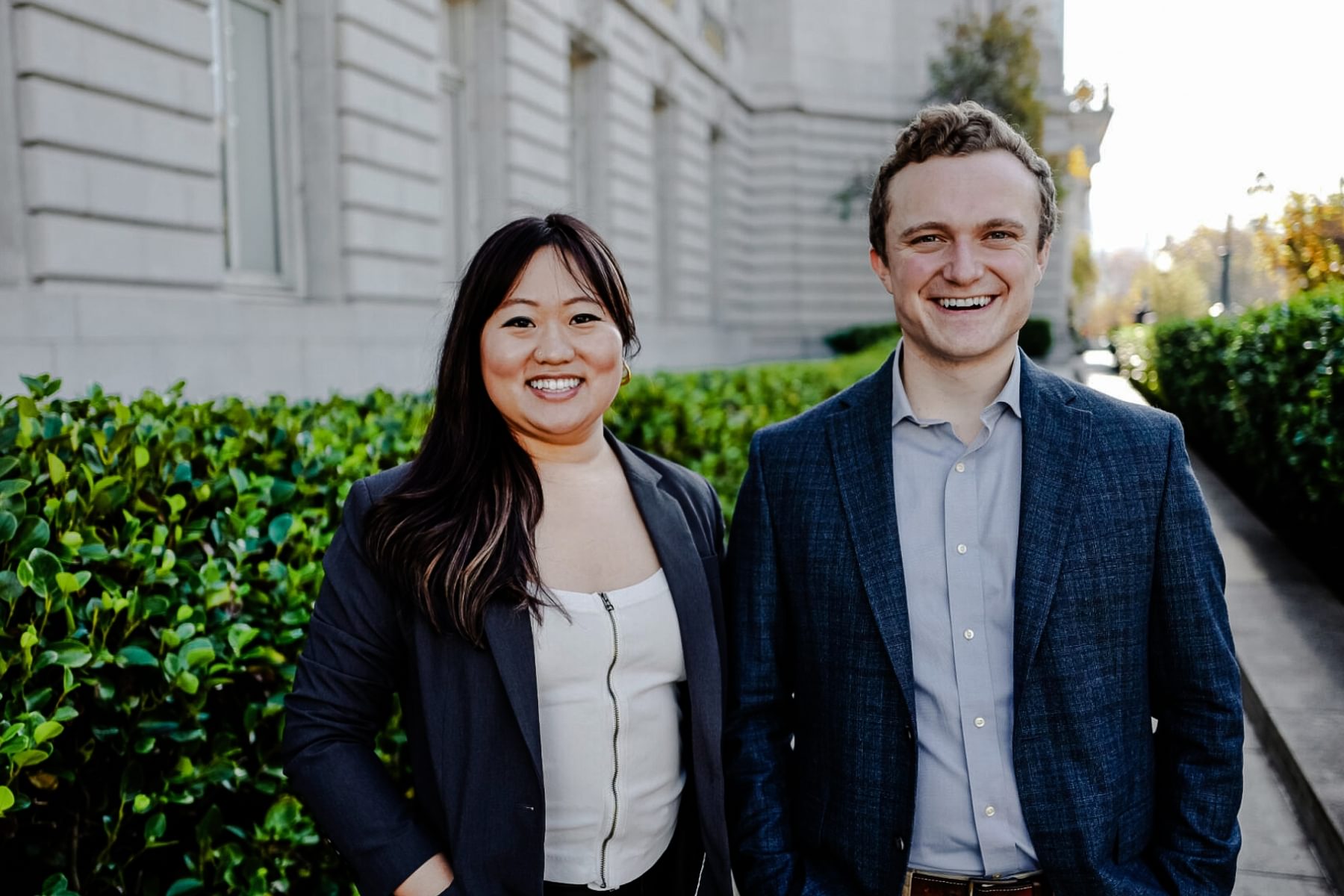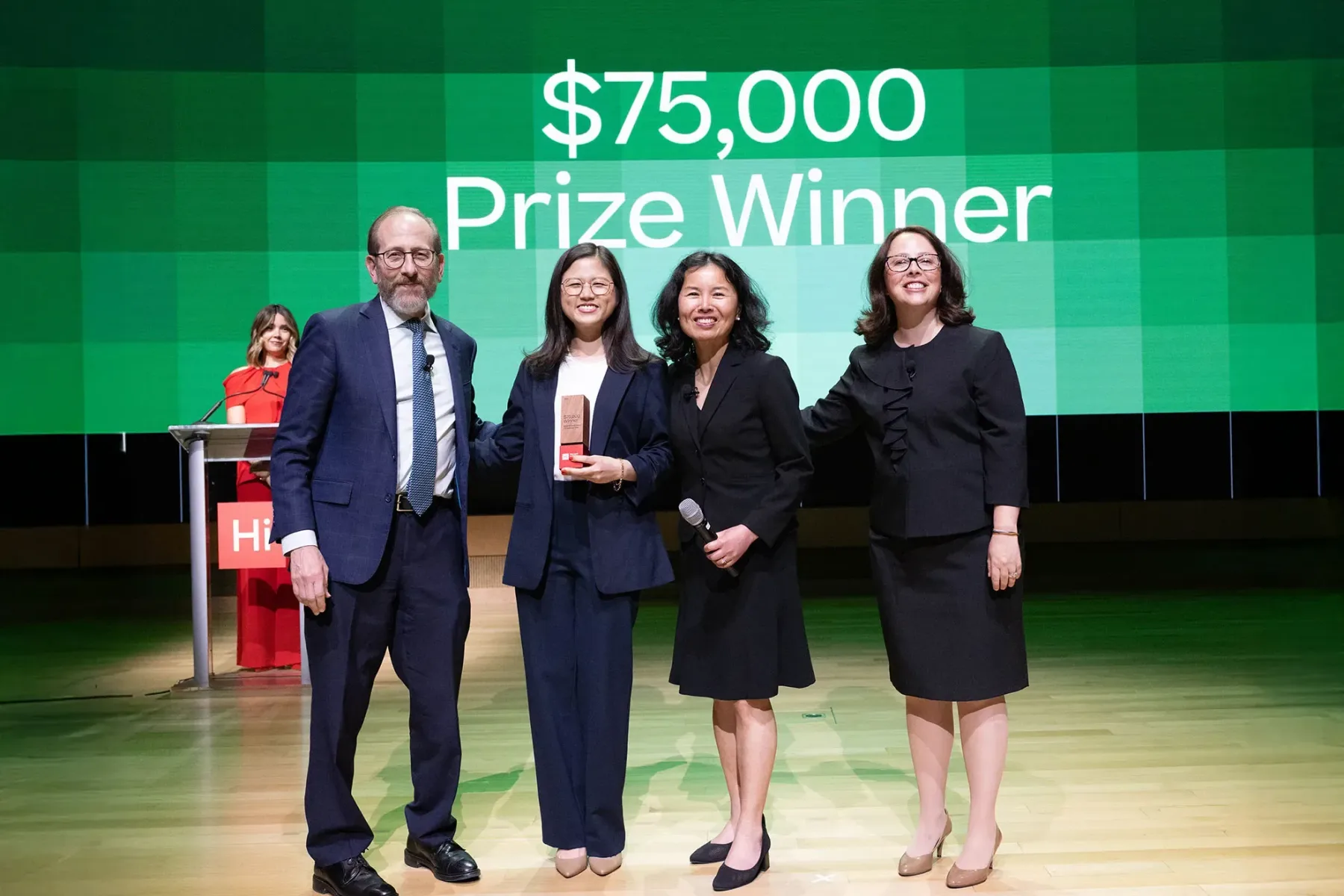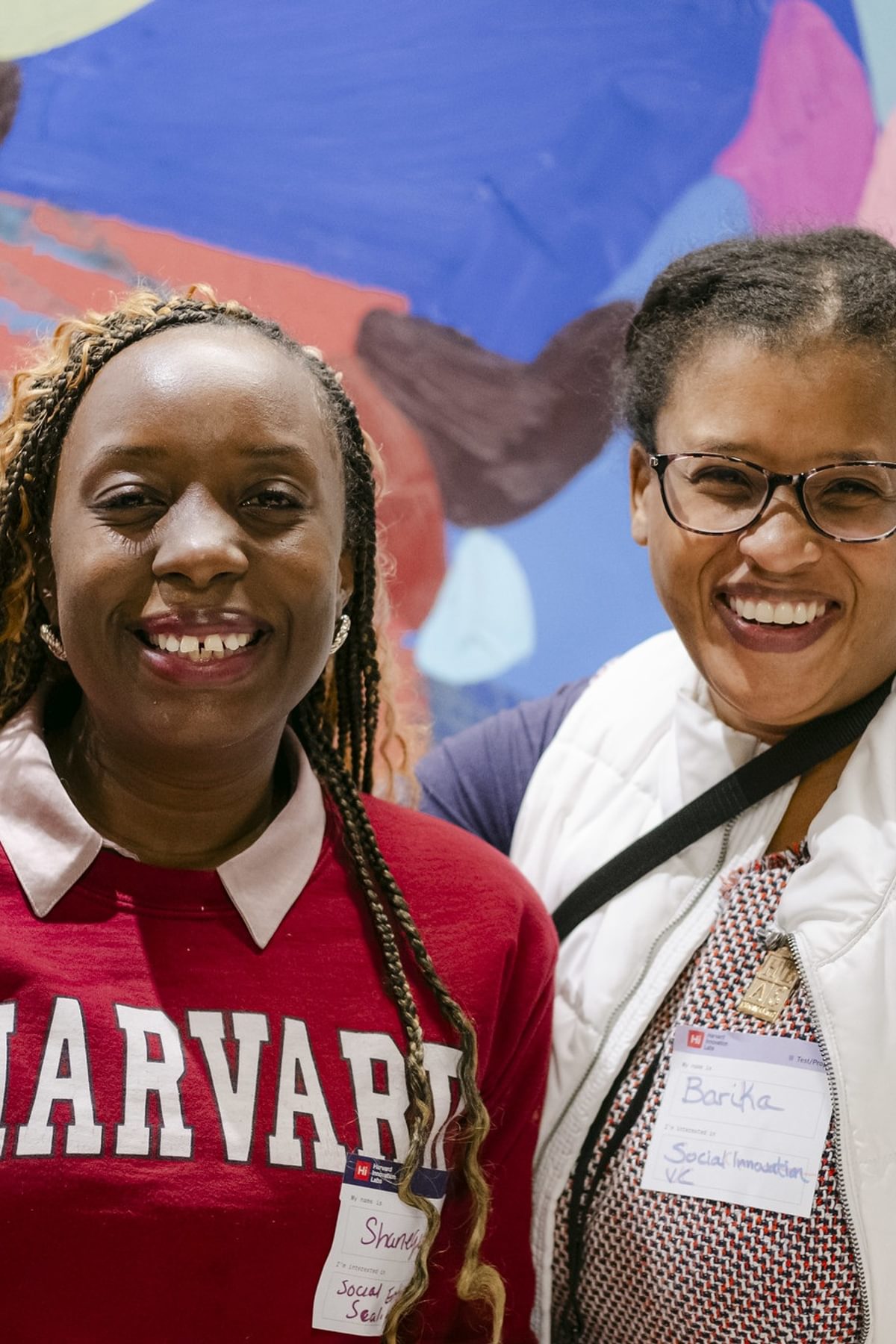Homogeneity is the enemy of creativity and innovation.
This is nowhere more true than with the early days of a business.
Quite often, the story of a company’s founding includes some anecdote about building teams made up of individuals whose backgrounds, interests, etc., vary wildly. As the tale goes, at some point in the company’s development something clicked, and the different experiential knowledge, conflicting worldviews, and, sometimes, wide-array of life goals, melded uniquely, if not profoundly, resulting in a thriving and cooperative business.
In Boston, for instance, HubSpot -- which went public last year and had more than 14,000 attendees at their recent INBOUND marketing conference -- is led by two guys who bring quite different perspectives to their organization. CEO Brian Halligan grew up in Boston and went to UVM, before diving into sales and then the MIT Sloan School of Business. At a Sloan party, he met Dharmesh Shah, his co-founder and HubSpot’s CTO, who was born in India and, before heading to MIT, had built his own startup after spending years studying computer science at Alabama-Birmingham. The merging of the two experiences, leadership styles, and ideas came together to create a business now widely known and respected for building a devoted base of marketing automation software users as well as an inclusive and vibrant company culture.
Within the Harvard Innovation Lab Ecosystem, we have seen this same thing happen time and time again.
If you don’t know anything about the organizing structure of Harvard, the school is split between the College (undergraduate Harvard) and the University’s professional and graduate schools that are spread across about four miles from Cambridge to Boston’s Brookline border (even further if you count the Harvard Arboretum). The faculty from these schools are global thought leaders and teach the brightest students in the fields of law, business, medicine, government, as well as design, divinity, education, and more.
To say there is a remarkable breadth and depth of experience and ideas bouncing around the Harvard community would be an understatement, to say the least.
Previously, no single entity brought all the different schools of thought together (other than say the annual Harvard-Yale football game). That is until Harvard launched the i-lab in 2011 as a collaboration and meeting space for the University to support and foster the ideas, and new ventures that were being created by both undergraduates and graduate and professional school students. Since then, the i-lab has grown into a multi-faceted community -- one which includes the alumni-focused Launch Lab as well as other soon-to-be-announced initiatives. The Innovation Lab Ecosystem fosters cross-disciplinary innovation and is accessible to any student from any Harvard school with any idea at any stage of formation.
More than anything, the i-lab has developed into a place where students from all of Harvard’s schools can work together on projects and businesses that are driven by teams that are aligned by a shared passion, yet are formed by individuals who are often quite diverse in their backgrounds and specialized expertises.
One great, recent example of this to come out of the Harvard i-lab is Vaxess Technologies, a company building a way to stabilize vaccines so they can be shipped and stored without refrigeration. Just to get a glimpse of how varied the team was in its interest, consider that one founder is an engineer, and now a graduate of Harvard Business School, another a Harvard Chemistry Post-Doc, another holds a JD from Harvard Law, and the fourth founder graduated from the Harvard Kennedy School of Government.
Vaxess has raised more than $6 million in funding and has won pretty much every startup or entrepreneurship award there is to win in Boston, including the $1 million Verizon Powerful Answers Awards, the MassTLC Innovative Technology of the Year in Healthcare/Life Sciences, the Harvard Business School New Venture Competition as both a student and an alumni team, the Harvard University President’s Challenge for social entrepreneurship, as well as research grants from National Science Foundation (NSF) and the National Institute of Health (NIH).
However, more than all the awards and accolades, Vaxess has an unbelievable opportunity to help eradicate many diseases in the developing world -- such as measles, mumps and rubella -- that persist mostly because there is a lack of refrigeration to store vaccines that need to remain cold to be effective.
Vaxess is just one company that typifies a recent push by the University to promote what it is calling a “One Harvard” experience.
“Being surrounded by excellence raises expectations and inspires aspirations. It is one of the greatest benefits of membership in the Harvard community,” President Drew Gilpin Faust said while discussing the One Harvard initiative in a 2013 Harvard Magazine piece. As more and more students and teams flock to the i-lab to share and spread their ideas with others who are part of the i-lab ecosystem, we are able to witness firsthand how a variety of ideas and backgrounds continue to mesh together in unique ways to form companies that thrive off of the diversity within their ranks.
Everyday, we are seeing that diversity of ideas can be a catalyst for startup growth. And through the i-lab, the hub in the middle of the One Harvard system, we are watching the success play out as more and more of our teams make strategic partnerships, secure investment backing, and uncover some scientific or technological breakthrough, all by embracing heterogeneity, and eschewing homogeneity.
One important trait that young founders and entrepreneurs should embrace is to not seek out employees and co-founders who are like-minded and have similar personalities, but to incorporate diverse perspectives. The differences could end up making all the difference.





